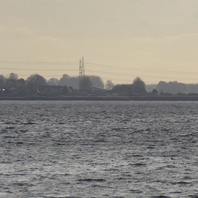
Viking Names
South Ferriby
The name of Ferriby (there is also a North Ferriby across the Humber), in the Yarborough Wapentake of Lincolnshire, comes from the Old Norse elements ferja ‘ferry’ and by ‘farm, settlement’. Both North and South Ferriby were in existence by 1086 and are mentioned in Domesday Book.
Read More
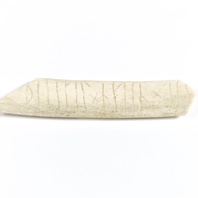
Viking Objects
Reproduction Rune Inscribed Rib
Runes were used not only for monumental inscriptions, or to mark ownership of valuable objects, but also in more informal contexts. In this case the animal bone suggests an after-dinner pastime after a good meal in the Anglo-Scandinavian trading centre of Lincoln. The runes read ——l × hitir × stin × … Only two words of the Old Norse inscription can be read with certainty, and even so they are ambiguous. One possible interpretation is ‘[someone] is heating a stone’ the other is ‘[someone] is called Stein’. The bone is fragmentary, but the inscription may never have been intended to make much sense. The original object dates from around the tenth century. It is one of only three runic inscriptions from the East Midlands.
Read More
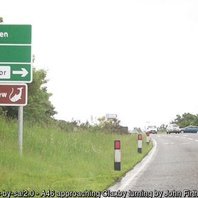
Viking Names
Claxby
Claxby, in the North Riding of Lindsey in Lincolnshire, is formed from the Old Norse male personal name Klakkr and Old Norse by ‘a farmstead, a village’. There are two other identical formations of the place-name in the South Riding of Lindsey of Lincolnshire, Claxby, and Claxby Pluckacre.
Read More

Viking Names
Spittlegate
Spittlegate, in the Winnibriggs and Threo Wapentake of Lincolnshire, comes from Middle English spitel ‘a hospital, a religious house, a house of the Knights Hospitallers’ and Old Norse gata ‘a road, a street; a right of way; a right of access to pasture-land; a right of pasturage; an allotment of pasture’. The name is first recorded in 1284 and clearly a post-Viking Age formation, though showing the continued use of originally Old Norse vocabulary in name-giving.
Read More

Item
Haverholme
Haverholme, in Kesteven, Lincolnshire, comes from Old Norse hafri ‘oats’ and Old Norse holmr ‘an island, an inland promontory, raised ground in marsh, a river-meadow’. In 1137 the site was given by Alexander, Bishop of Lincoln, to the Cistercians of Fountains Abbey who later left Haverholme for Louth Park and the manor was passed to the Gilbertines in 1139.
Read More
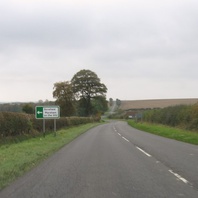
Viking Names
Scrafield
Scrafield, in the Hill Wapentake of Lincolnshire, is probably an Anglo-Scandinavian hybrid from Old Norse skreið ‘a land-slide’ and Old English feld. The latter element has a wide range of meanings in place-names, including ‘open country, unencumbered ground (eg. land without trees as opposed to forest, level ground as opposed to hills, land without buildings)’ and from the late tenth century it also refers to arable land.
Read More
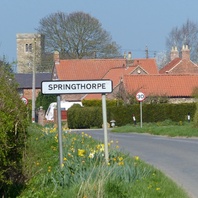
Viking Names
Springthorpe
Springthorpe, in the Corringham Wapentake of Lincolnshire, is an Anglo-Scandinavian compound from Old English spring ‘a spring, a well, the source of a stream’ and Old Norse þorp ‘a secondary settlement, a dependent outlying farmstead or hamlet’.
Read More
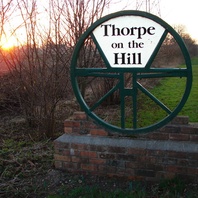
Viking Names
Thorpe on the Hill
Thorpe on the Hill, in the Graffoe Wapentake of Lincolnshire, is a simplex place-name coming from Old Norse þorp ‘a secondary settlement, a dependent outlying farmstead or hamlet’. The affix is self-explanatory.
Read More
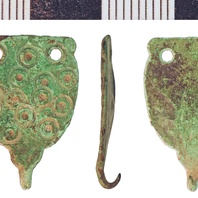
Viking Objects
Hooked Tag (NLM-8E96D5)
This example of an Anglo-Scandinavian copper-alloy hooked tag is classed as a Read Class A Type 1 or Class B Type 1. The tag is decorated with a stamped ring-and-dot motif which was a popular style among Scandinavians.
Read More
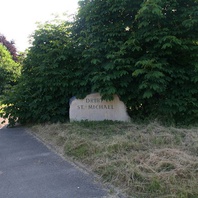
Viking Names
Driby
Driby, in the East Lindsey district of Lincolnshire, is an Anglo-Scandinavian hybrid name from Old English dryge ‘dry, dried up’ and Old Norse bý ‘a farmstead, village’.
Read More
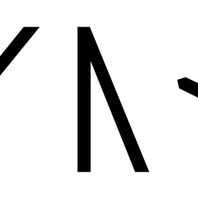
Viking Names
Asmund
Ásmundr is a very common name in Scandinavia throughout the Viking Age and later. It is recorded in medieval documents from both Lincolnshire and Yorkshire, in field-names in Lincolnshire, and in major names in North and West Yorkshire such as Osmotherley and Osmondthorpe. It is an Old Norse compound name. Its first element Ás- ‘a god’, frequent in Viking Age names, presumably refers to Old Norse deities such as Odin and Thor, though the latter name appears in its own right in many names, both male and female, while Odin is a very rare element in personal names. The second element-mundr is either Old West Norse ‘protector’ or Old Norse-Icelandic ‘gift’.
